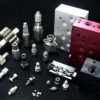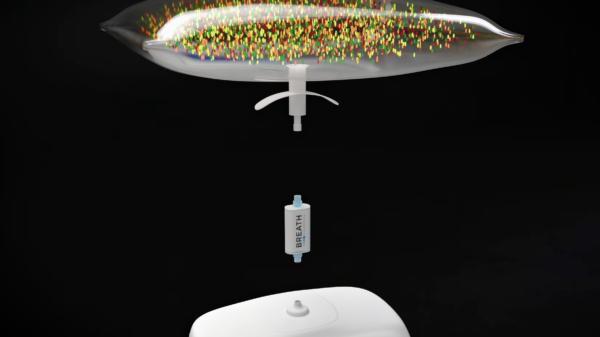Computed tomography (CT) machines have proven their ability to save lives through timely diagnoses of health conditions that need immediate treatment, but their flawed rate of accuracy and overuse presents a significant danger.
Despite their prominent role in cancer diagnosis, a new study by the University of California, San Francisco has determined that radiation emitted by these large donut-shaped devices could potentially be responsible for an alarming portion of new cancer cases.
“In this study, approximately 5 per cent of annual cancer diagnoses or 100 000 cancers were projected to result from CT utilization in 2023 [in the United States],” the authors concluded in their JAMA Internal Medicine article. That number of cases resulted from approximately 93 million scans.
This projected quantity of radiation-linked cancers resulting from these examinations is of particular concern when considering that they have become increasingly utilized in recent years. According to the authors, the number of annual scans performed in the U.S. went from 68.7 million in 2007 to 93 million two years ago.
In a nutshell, these machines should only be used when absolutely necessary and more alternatives are needed, particularly in the oncology field. The authors say low-risk patients should seek other alternatives.
These researchers have estimated that the largest number of cancer cases resulting from usage of this technology come from abdomen, pelvis and chest scans. Lung cancer was the most common variation of the disease they theorized had resulted from CT scans by far at about 22,400 cases. Colon cancer was second at 8,700 while leukaemia took third place at 7,900.
"Approximately 5%of annual cancer diagnoses or
100,000 cancers were projected to result from [U.S.] CT utilization in 2023.
"https://t.co/IODr6KMrv7 pic.twitter.com/AbqbbVot0u— Eric Topol (@EricTopol) April 14, 2025
Read more: Breath Diagnostics onboards new president and closes critical financing
Read more: Breath Diagnostics pioneers novel lung cancer breath test
Breath testing innovation presents a solution to this issue
What if obtaining an accurate lung cancer diagnosis was as simple as breathing into a bag?
Thanks to a select handful of medical tech companies, this radiation-free diagnostics modality could become much more broadly utilized in the years to come.
In Kentucky, Breath Diagnostics has developed a highly efficient breath analysis system with 94 per cent sensitivity and 85 per cent specificity. Its patented OneBreath system provides accurate results 10 times faster than other systems that have proven to be commercially unfeasible.
“Traditional breath analysis has struggled with consistency and practicality—but with OneBreath, the future of breath diagnostics is now a reality,” CEO Ivan Lo said in a recent blog post highlighting the advantageous nature of the technology.
Meanwhile, other healthcare companies like Breathomix, Owlstone Medical and Breathe BioMedical have been developing their own systems for breath examination.
Blood biopsies, urine tests and phlegm analysis systems have also been gaining popularity as a means of diagnosing lung and other cancers without harmful exposure to radiation.
rowan@mugglehead.com













